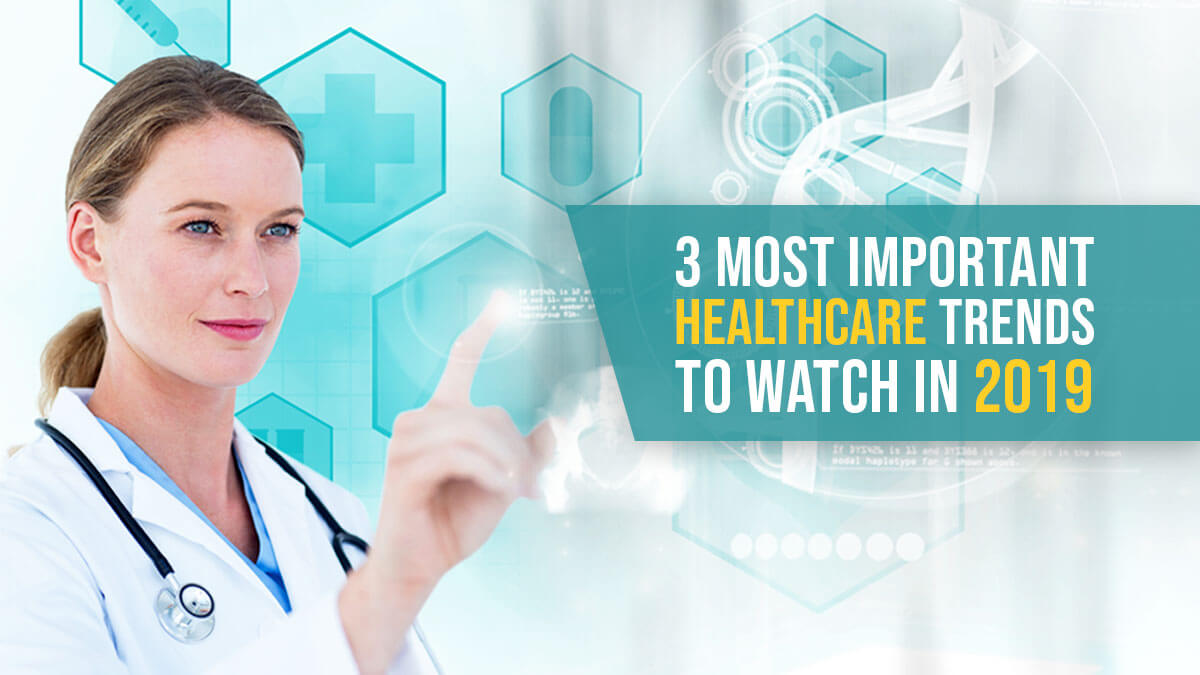
The year 2019 is expected to see many unprecedented changes, particularly with regard to the Healthcare industry. Per patient, spending is expected to rise by a percentage of 5.5%, according to National Health Expenditure Projections 2017-2026 report. Based on Healthcare Information and Management Systems Society (HIMSS) article on the financial analysis of healthcare, patients will be facing a steep increase of 69.2 % in premiums, as compared to the statistics from the year 2016. Breakthrough research is introducing new and successful methods of treatment such as immunotherapy, which is saving countless lives and fast-tracking healthcare. Immunotherapy is native to the field of Oncology and incorporates the use of nivolumab and low-dose ipilimumab. EHR systems have been introducing new features, which includes the integration of cutting-edge technology such as Artificial Intelligence etc. There are certain changes in the works, which will be introduced in the initial months of the year or later on. The top three trends include:
MIPS update 2019:
Anticipated changes include amendments in the policies introduced by CMS:
MIPS Guide: Everything you need to know about MIPS 2018/19
Enhanced definitions:
Previously held definitions were reviewed and a few more were added; which include occupational therapists, physical therapists, clinical social workers, and clinical psychologists. This means more physicians will be eligible for the MIPS program from the year 2019.
Points increment:
As compared to the previous year, the MIPS performance threshold has been increased from 15 points to 30 points; this only helps physicians in avoiding the negative adjustment but does not entitle them to a positive adjustment. For the attainment of the top performers’ bonus, physicians would now have to struggle a bit harder; since the bar has been raised from 70 points to 80 points, encouraging them to work even better than before.
Higher performance, higher adjustment:
From 2019 onwards, the adjustment would be raised from 3% to 4%. Which goes both ways, be it negative or positive adjustment. Physicians can work towards achieving a good composite score, otherwise, they would be entitled to a negative 4% adjustment.
Exclusion from the program:
Physicians have to meet the following exclusions, in order to be exempted from the MIPS program:
- Earn $90,000 or less depending on the Part B charges for covered professional services
- Treat 200 patients or less
Though participating in the program has its own perks; positive adjustment alongside top performance bonus etc., the amount of reporting and effort which is involved in the process can prove to be cumbersome for the physicians.
Promoting Interoperability rule:
Recently there has been an addition to the quality measures by CMS, namely promoting interoperability. This includes an amendment in the scoring methodology of the program; scores would be based on the performance of the physician as compared to the previous combination of bonus, base and performance scores. Physicians would have to meet the four objectives; Health information exchange, e-Prescribing, provider to patient exchange, and public health and clinical data. Furthermore, physicians would have to utilize the 2015 edition of Certified Electronic Health Record Technology (CEHRT).
Amendment in the performance weightage:
Previously applied weightages would be altered, the Quality category would be brought down from 50% to 45%. Whereas, at the same time, the Cost category would be increased to 15%. The following categories would undergo no change: (1) Improvement activities (15%) (2) Promoting interoperability 25%.
Unpredictable security breaches:
With every passing day, the healthcare industry is becoming more prone to cyber-attacks. According to the FortiGuard labs report on cyber-attacks, there are about 32,000 intrusion attacks per day despite the security precautions taken by the various stakeholders of the industry.
Security Solutions effective or not?
Thousands of security solutions are available in the market, yet foolproof security fails to exist within organizations. In spite of the technological advancements, there has been a significant increase in the number of attacks on organizations, an increase of 82% to be exact.
WannaCry recurrence?
WannaCry was a global cyber-attack which took place in the year 2017. It left the healthcare industry devasted, affecting several organizations. Physicians need to be on the lookout for malware or ransomware attacks on their practices. They can employ the use of security solutions, available in the market for protection against such attacks.
Artificial Intelligence the tool of accuracy:
Artificial intelligence (AI) is now everywhere, from smartphones to wearable technology to Electronic Health Record systems.
Better diagnosis:
AI yields better results through the generation of potential insights for the treatment of patients; predictive analysis generously assists in confirming the diagnosis of the patient. Based on cio.com’s research, diagnostic errors cause about 10% of patient deaths and are responsible for 6%-17% of all hospital complications. With its application, physicians are streamlining their workflows without any disruptions and achieving better productivity altogether.
Effortless detection of skin cancer:
A study published in the Annals of Oncology showcased the success of AI in detecting the disease more accurately as compared to 58 skin experts. Physicians achieved an accuracy of 87% while diagnosing the disease, whereas the AI program was able to achieve an accuracy of 95%.




More Stories
The Future of Radiology Information System
How To Buy EHR Software in 6 Steps
Information security guide for small healthcare businesses